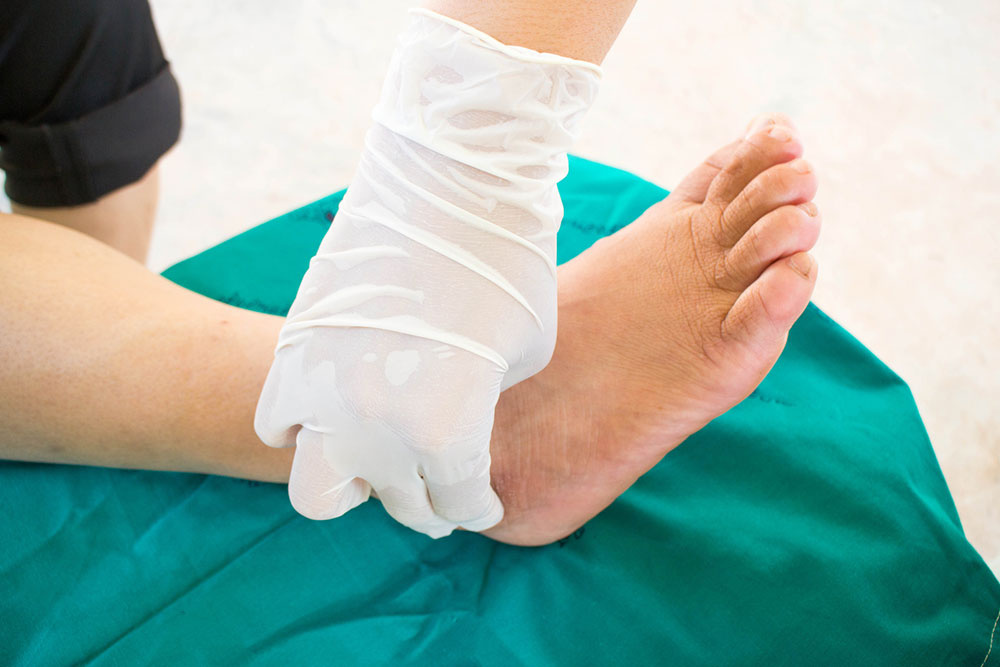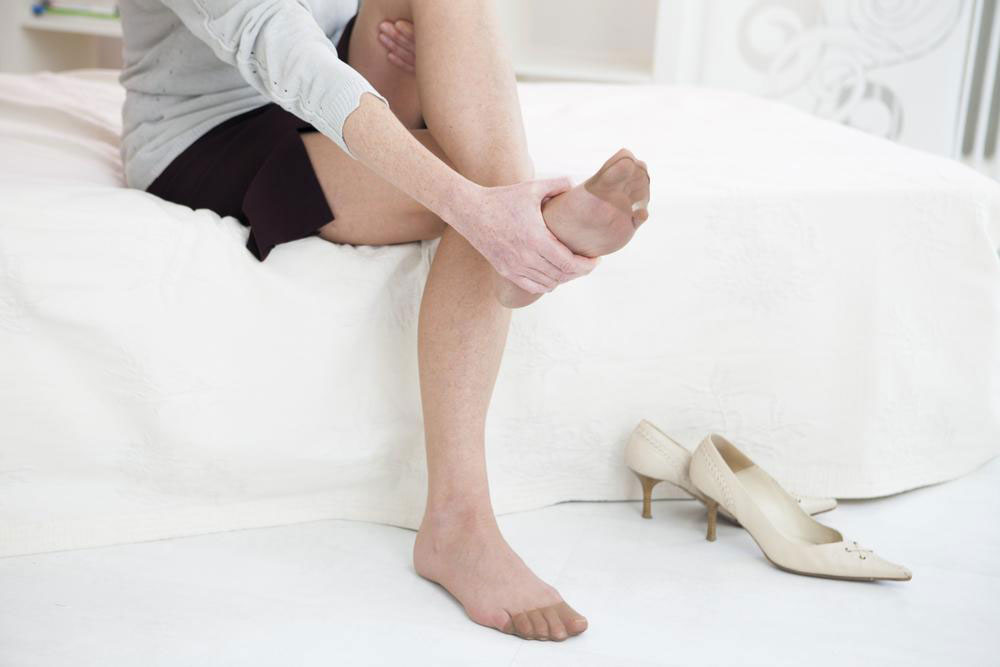
Treatments
Effective Treatment Options for Atopic Dermatitis
In the country, more than 18 million suffer from atopic dermatitis. This condition is a type of eczema which affects the skin. This condition commonly begins in childhood and can progress into adulthood. It is important for a person to know the right atopic dermatitis treatment plans for effective management of the condition. What Is atopic dermatitis? This condition is characterized by inflamed skin and itchiness. Although this condition is mostly seen in children, it can happen at any age. It is a chronic condition with periods of extreme redness and itchiness on the skin and asthma or hay fever may occur along with it. Signs and symptoms can differ from person to person but the most common ones include extremely dry or scaly skin, itching, red or brown patches all over the body, and tiny raised bumps or open sores due to scratching. In children, the first symptoms are usually dry and scaly skin patches that are seen on the face, forehead, and scalp. Atopic dermatitis pictures mostly show children with a patch or patches of reddened skin on the cheeks. Atopic dermatitis is a genetic condition that prevents the skin from retaining the moisture it needs. This leads to the skin easily getting affected by several environmental factors and allergies.












